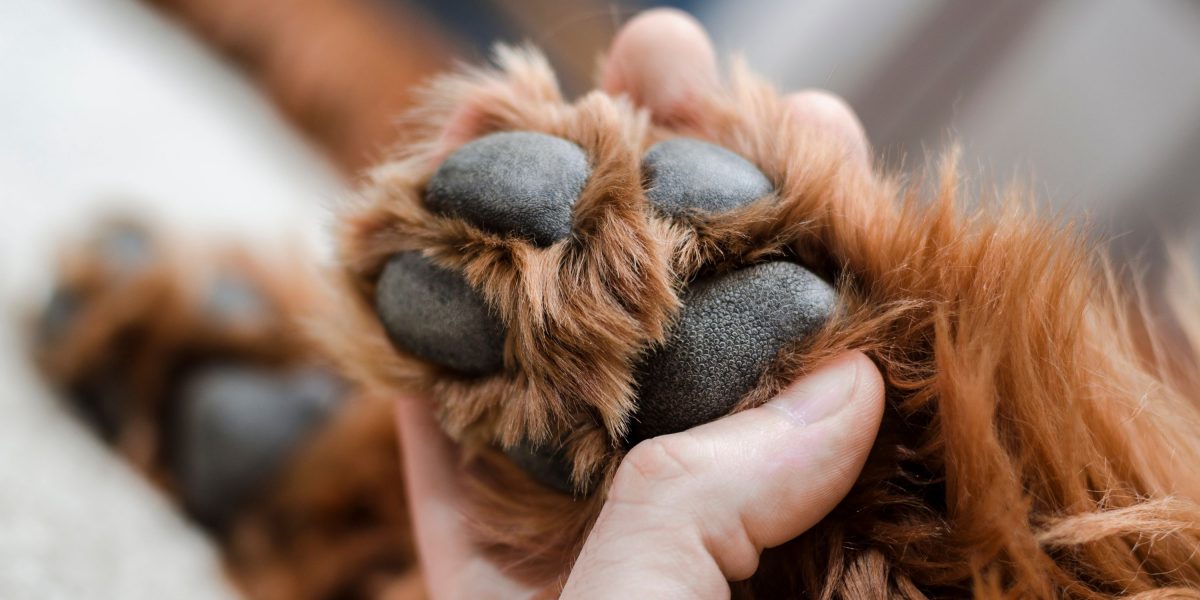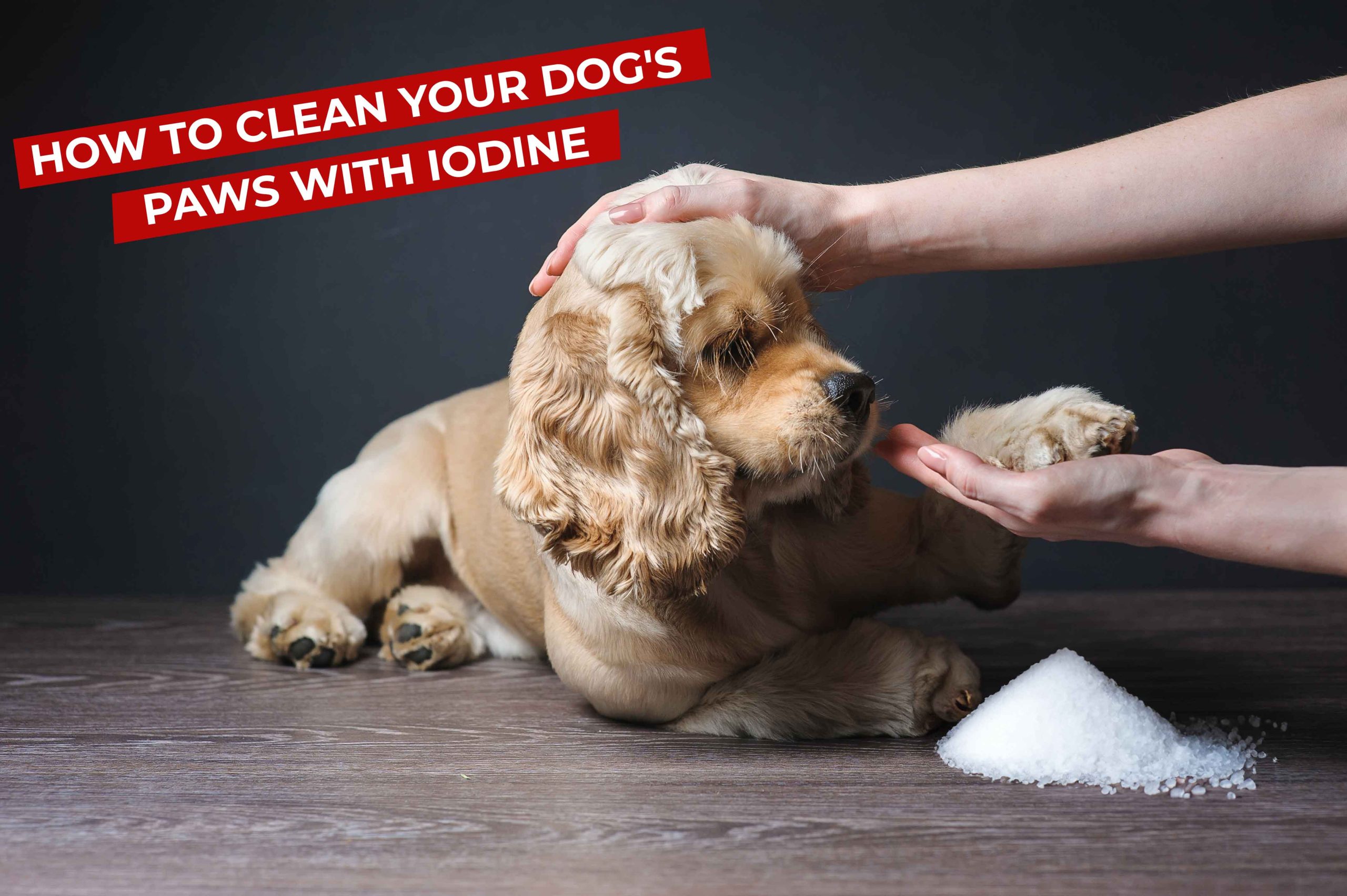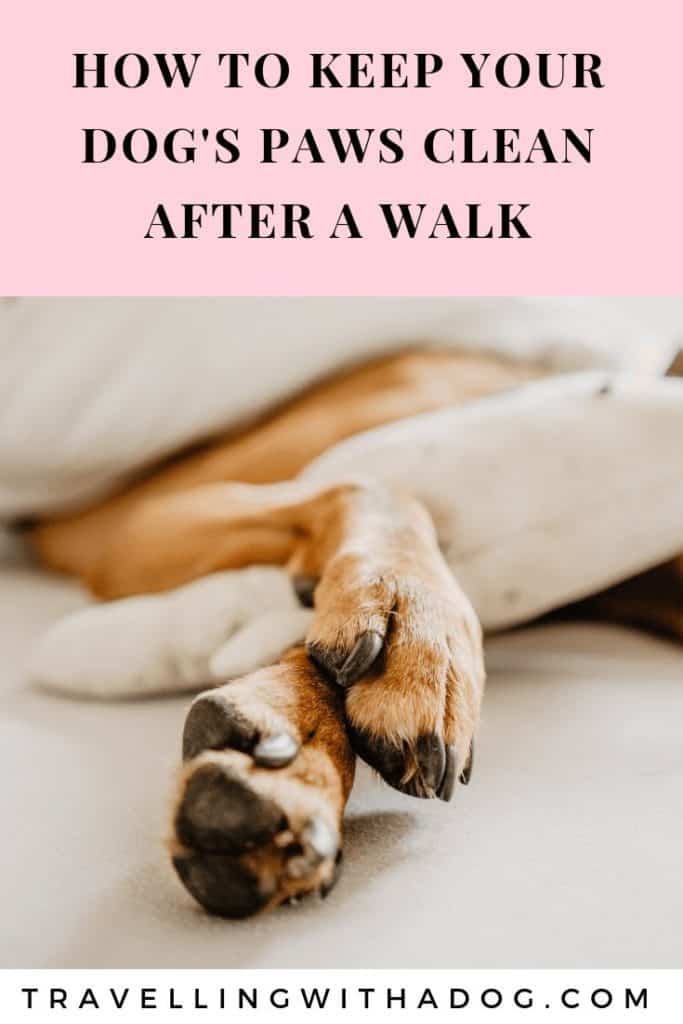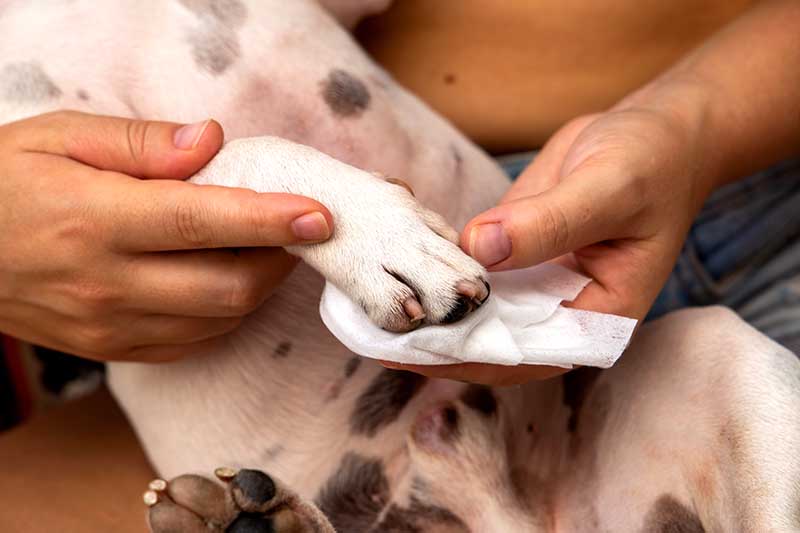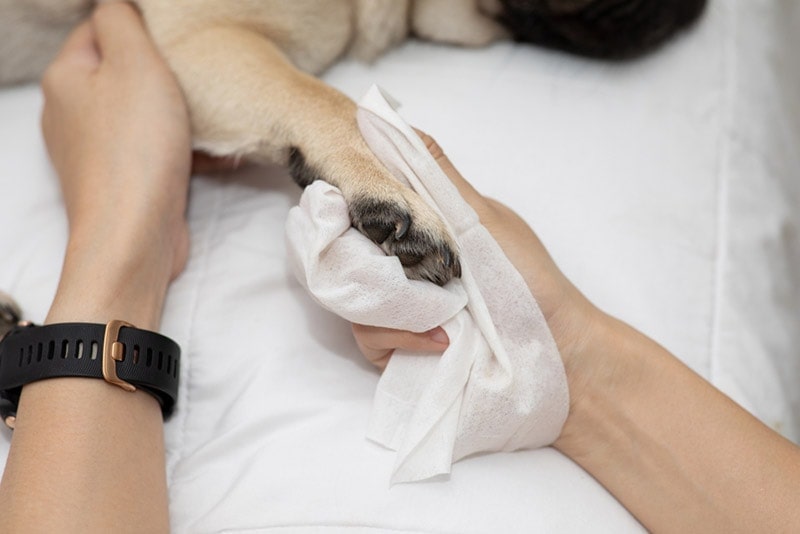Best Way To Clean Dogs Paws

Imagine this: golden sunlight streams through your window, illuminating dust motes dancing in the air. Your furry companion bounds in, tail wagging furiously, a joyful bark escaping their lips. But wait! Those adorable paws, moments ago prancing through the freshly mown grass, now track muddy footprints across your pristine floor. The age-old dilemma: how to reconcile canine joy with household cleanliness?
The quest for the perfect paw-cleaning solution is a universal one for dog owners. We'll explore the most effective, gentle, and practical methods for keeping those paws clean and your home mud-free.
The Importance of Paw Hygiene
Beyond the obvious aesthetic benefits, clean paws are crucial for a dog's health and well-being. Neglecting paw hygiene can lead to various problems, from minor irritations to more serious infections.
Why Clean Paws Matter
Firstly, think about all the things your dog walks on. From sidewalks and parks to potentially contaminated areas, their paws collect dirt, debris, allergens, and even harmful bacteria.
Regular cleaning removes these irritants, preventing them from being ingested during grooming or causing skin inflammation.
Furthermore, clean paws reduce the risk of tracking unwanted substances into your home, protecting both your family and your furry friend.
Potential Problems from Dirty Paws
Ignoring paw hygiene can lead to a cascade of issues. Allergens like pollen and dust mites can become embedded in the paw pads and fur, causing intense itching and discomfort. This can lead to excessive licking and chewing, potentially creating open sores and secondary infections.
Sharp objects like thorns, glass shards, or pebbles can become lodged in the paws, causing pain and potential injury. Bacteria and fungi thrive in moist, dirty environments, increasing the risk of infections like pododermatitis (inflammation of the paws).
In winter, road salt and de-icing chemicals can be extremely irritating and even toxic if ingested. Prompt cleaning after winter walks is essential to prevent chemical burns and poisoning.
Paw-Cleaning Methods: A Comprehensive Guide
Now, let's delve into the most effective paw-cleaning methods, ranging from simple solutions to more specialized tools.
The Humble Paw Wipe
Paw wipes are a convenient and readily available option for quick cleanups. Look for wipes specifically designed for dogs, as these are typically alcohol-free and formulated with gentle cleansing agents.
Avoid wipes containing harsh chemicals or fragrances, which can irritate sensitive paws. Earthbath and Burt's Bees are two brands consistently recommended by veterinarians.
For a cost-effective alternative, consider making your own paw wipes using a mild soap solution and soft cloths.
The Paw Wash: A Deeper Clean
For more thorough cleaning, a paw wash is an excellent choice. This method involves rinsing the paws with water and a gentle dog shampoo.
Fill a basin or tub with lukewarm water and add a small amount of dog shampoo. Carefully wash each paw, paying attention to the spaces between the toes.
Rinse thoroughly and dry with a soft towel. Be sure to check for any embedded debris or signs of irritation during the wash.
The Paw Plunger: A Convenient Solution
Paw plungers are gaining popularity as a mess-free alternative to traditional paw washing. These devices typically consist of a cylindrical container with soft silicone bristles inside.
Fill the plunger with water, insert your dog's paw, and rotate the plunger to gently scrub the paw clean. The bristles help remove dirt and debris, while the water washes it away.
Paw plungers are particularly useful for dogs with long fur or those who frequently get their paws muddy. Dexas MudBuster is a popular brand known for its effectiveness and ease of use.
DIY Paw Cleaning Solutions
For the eco-conscious dog owner, creating your own paw cleaning solutions is a rewarding and cost-effective option. A simple solution of water and a few drops of mild dish soap (like Dawn) can be effective for removing dirt and grime.
Apple cider vinegar (ACV) diluted with water can also be used as a natural antiseptic and deodorizer. However, always dilute ACV properly, as undiluted vinegar can be irritating.
Consult with your veterinarian before using any homemade solutions, especially if your dog has sensitive skin or allergies.
Tips for Successful Paw Cleaning
Making paw cleaning a positive experience is crucial, especially for dogs who are initially resistant. Start by introducing the process gradually and using positive reinforcement.
Creating a Positive Experience
Begin by simply touching your dog's paws frequently, rewarding them with treats and praise. Gradually introduce the cleaning process, starting with just one paw at a time.
Use a gentle voice and avoid any sudden movements that might startle your dog. End each cleaning session with a treat and plenty of affection.
Consistency is key. By making paw cleaning a regular part of your routine, your dog will eventually become accustomed to it.
Preventative Measures
Prevention is always better than cure. Consider using paw protection products like booties or waxes to minimize dirt and debris accumulation.
Musher's Secret Paw Protection Wax is a popular choice for protecting paws from harsh weather conditions and rough surfaces. These products create a barrier between the paws and the environment, reducing the risk of irritation and injury.
Regular trimming of the fur around the paws can also help prevent mud and debris from clinging to the fur.
When to Consult a Veterinarian
If you notice any signs of irritation, infection, or injury, consult with your veterinarian immediately. Symptoms such as redness, swelling, limping, excessive licking, or discharge should not be ignored.
Your veterinarian can diagnose the problem and recommend appropriate treatment, which may include topical medications, antibiotics, or antifungals. Early intervention can prevent minor problems from escalating into more serious conditions.
Conclusion
Maintaining clean paws is an essential aspect of responsible dog ownership. By incorporating these paw-cleaning methods into your routine, you can protect your dog's health, keep your home clean, and strengthen the bond you share. Remember, a happy dog is a healthy dog, and healthy paws contribute significantly to their overall well-being. So, embrace the paw-cleaning process with patience and affection, and enjoy the many adventures you and your furry friend will share, footloose and fancy-free!


